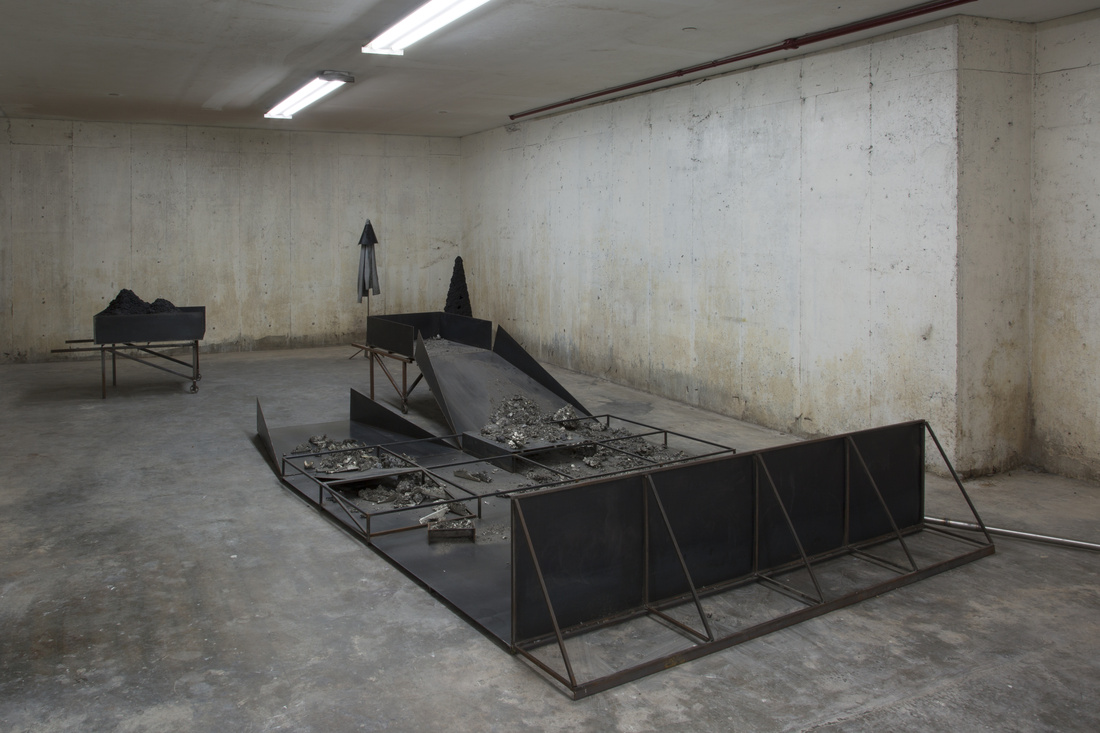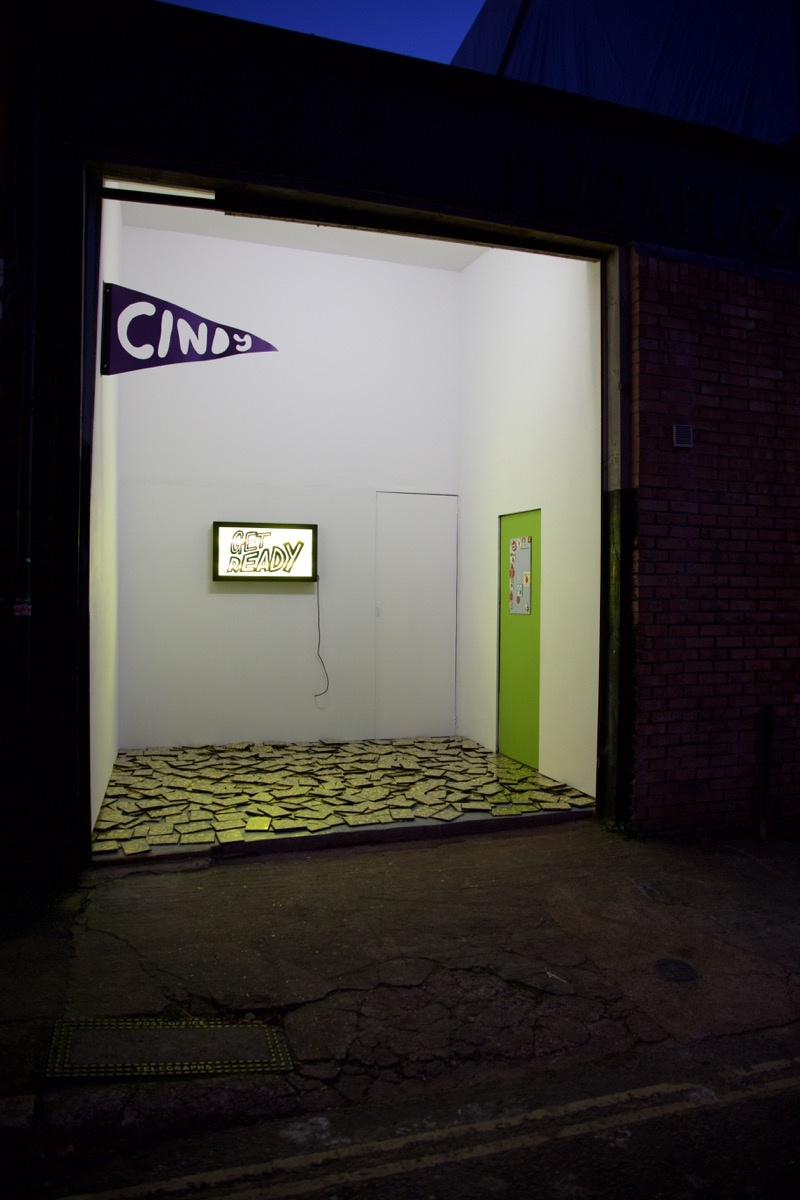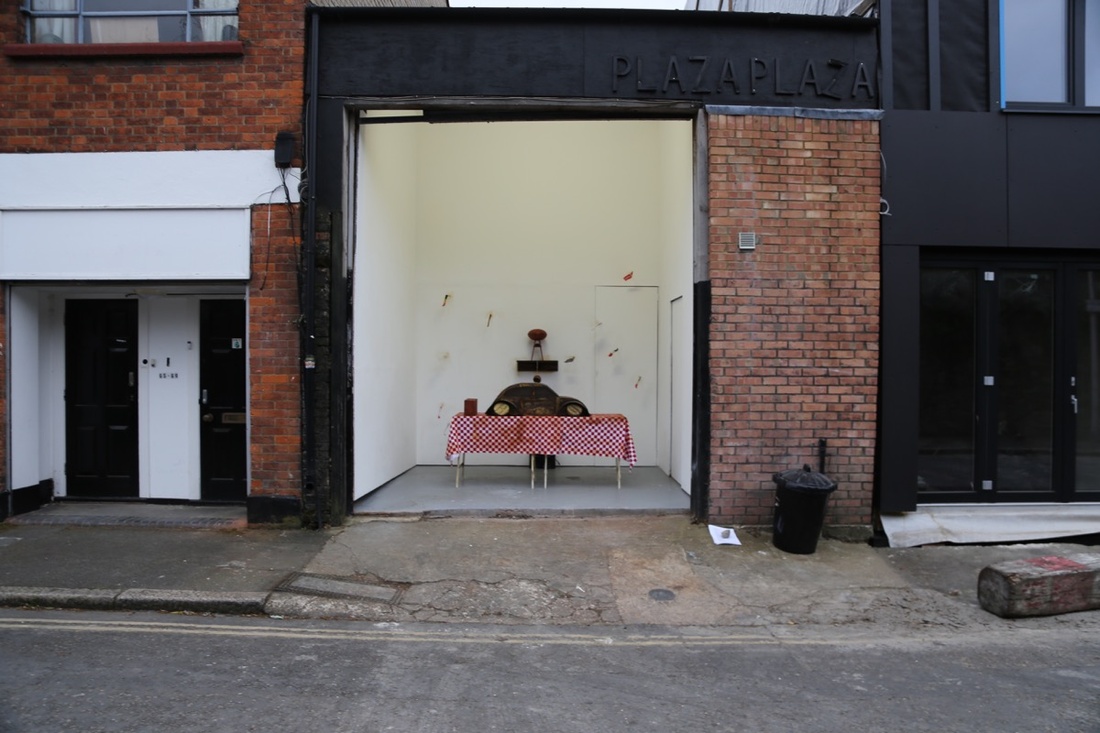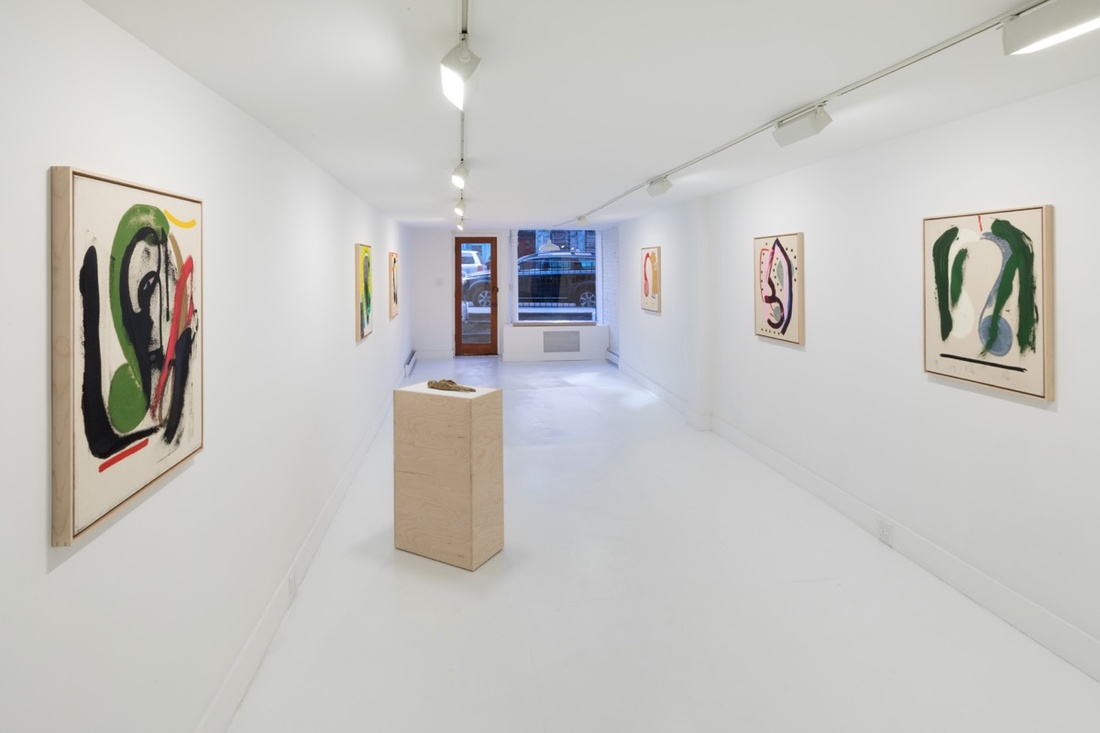
Surfing With Sartre-inspired illustrations © Nathan Gelgud
In Kicking and Screaming, Noah Baumbach’s 1995 classic of indie ennui, a character jokes to his friend that he has so little to do, he’s started writing “go to bed” and “wake up” in his day planner. The joke, of course, is that going to bed and waking up aren’t really things you have to plan on doing. Waking up and getting out of bed isn’t something you have to choose to do.
Or is it? In his new book, Surfing with Sartre, Aaron James (author of Assholes: A Theory) makes the case that one does have to choose to get out of bed every morning. This we must do in spite of Blaise Pascal’s seemingly sound excuse for staying under the covers, his observation that “the natural misfortune of our mortal and feeble condition is so wretched that when we consider it closely, nothing can console us.” Not only do we have to choose whether or not we get out of bed, it’s possible that we must get out of bed. Fyodor Dostoevsky wrote that “If God does not exist, everything is permissible,” and Jean-Paul Sartre expanded upon that to say that without God, there is nothing to rely on, and that we’ve been abandoned, but James thinks they’re on the wrong track. He uses “the light of surfer reason” to answer back to Pascal, Dostoevsky, and Sartre. It is “not permissible to lie in bed when the waves are pumping.” And for what reason? “Just for its own sake. Because it’s super fun. And because being attuned to a wave is sublime. And beautiful. And so a very good thing to do with one’s limited time in life.”
Not only do we have to choose whether or not we get out of bed, it’s possible that we must get out of bed. Fyodor Dostoevsky wrote that “If God does not exist, everything is permissible,” and Jean-Paul Sartre expanded upon that to say that without God, there is nothing to rely on, and that we’ve been abandoned, but James thinks they’re on the wrong track. He uses “the light of surfer reason” to answer back to Pascal, Dostoevsky, and Sartre. It is “not permissible to lie in bed when the waves are pumping.” And for what reason? “Just for its own sake. Because it’s super fun. And because being attuned to a wave is sublime. And beautiful. And so a very good thing to do with one’s limited time in life.”
 Not only do we have to choose whether or not we get out of bed, it’s possible that we must get out of bed. Fyodor Dostoevsky wrote that “If God does not exist, everything is permissible,” and Jean-Paul Sartre expanded upon that to say that without God, there is nothing to rely on, and that we’ve been abandoned, but James thinks they’re on the wrong track. He uses “the light of surfer reason” to answer back to Pascal, Dostoevsky, and Sartre. It is “not permissible to lie in bed when the waves are pumping.” And for what reason? “Just for its own sake. Because it’s super fun. And because being attuned to a wave is sublime. And beautiful. And so a very good thing to do with one’s limited time in life.”
Not only do we have to choose whether or not we get out of bed, it’s possible that we must get out of bed. Fyodor Dostoevsky wrote that “If God does not exist, everything is permissible,” and Jean-Paul Sartre expanded upon that to say that without God, there is nothing to rely on, and that we’ve been abandoned, but James thinks they’re on the wrong track. He uses “the light of surfer reason” to answer back to Pascal, Dostoevsky, and Sartre. It is “not permissible to lie in bed when the waves are pumping.” And for what reason? “Just for its own sake. Because it’s super fun. And because being attuned to a wave is sublime. And beautiful. And so a very good thing to do with one’s limited time in life.”
Throughout Surfing with Sartre, the philosophy professor and dedicated surfer James pits the deductions of philosophers against the lessons he’s learned surfing. The norms and mores of the surf subculture illuminate certain theories about economics and capitalism, and the conclusions of existentialism are challenged by the lifestyle of surfers. Even if you’d rather spend the morning reading Being and Nothingness than bobbing up and down in freezing water waiting in line for a sick wave, James hopes to convince you that there might be more things in sea and swells than are dreamt of in your philosophy.

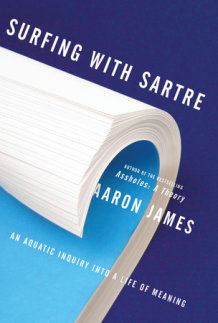

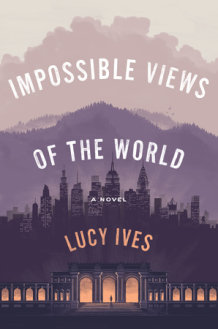
 Most of us probably first glimpsed the many lives of the museum in
Most of us probably first glimpsed the many lives of the museum in For some writers, the idea of a museum is as appealing as the physical space. In Turkish novelist Orhan Pamuk’s
For some writers, the idea of a museum is as appealing as the physical space. In Turkish novelist Orhan Pamuk’s

